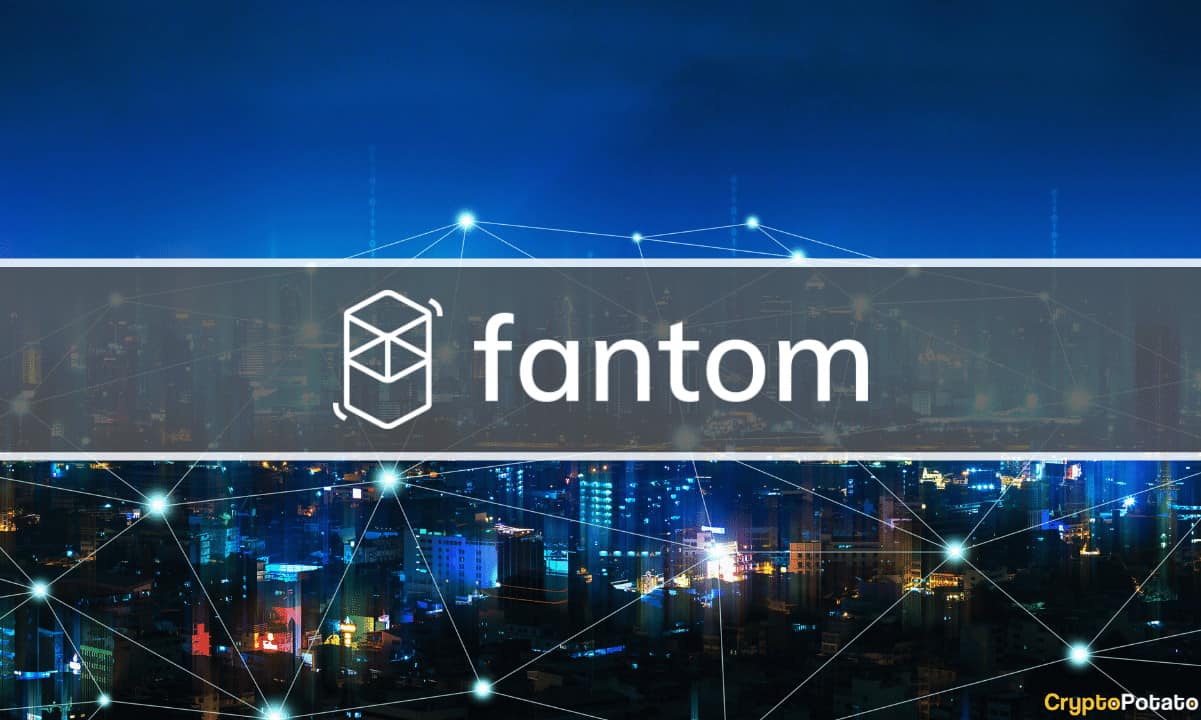[ad_1]

Andre Cronje – the so-called “Vice President of Memes” for the Fantom Foundation – provided an insider’s view into how the company has remained cash-flow positive across the past 4 years.
The developer noted that the foundation would “likely not be operational today” without decentralized finance (DeFi), and suspects the same is true for other firms.
Scaling Over One Cycle
As explained in a blog post from Cronje on Sunday, Fantom ended 2018 with a fairly unprofitable ETH trade. After raising $40,000,000 worth of the cryptocurrency in June, it sold those holding after a major price correction leading up to December. At this point, the firm had less than $5 million remaining.
This forced the company to become extremely frugal over the following year, while periodically selling some of its native FTM tokens to fund unplanned expenses. Its primary costs during this time were related to paying off listing fees to exchanges and sponsorship fees to influencers.
“We decide[d] to never pay for exchange listings or influencers again,” wrote Cronje.
Starting in February 2020, Fantom began “aggressively” participating in DeFi, using its profits to purchase FTM off the market. By March, the company was already earning 20% APY on $3 million in funds, making for $600,000 per year. Combined with yield farming later that year on both Compound (COMP) and Synthetix (SNX), the foundation brought its treasury holdings back to $51 million by the start of 2021.
The firm later sold $35 million worth of FTM to the now-bankrupt Alameda Research, and another $5 million of the asset to Blocktower. It denied Alameda’s requests for further cooperation going forwards.
By October 2022, the firm held $100 million in stablecoins, $100 million in crypto assets, and $50 million in non-crypto assets.
Like Fantom, many crypto firms were forced to downsize when the bear market returned in 2022. Coinbase slashed 18% of its workforce, while BitMEX laid off 30%.
Lessons Learned
According to Cronje, businesses shouldn’t try to compete with others for token listings on exchanges. “We prefer buying our token, we don’t “sell” our tokens for “partnerships,” he said.
“Blockchain companies, realistically, only make money by selling their token,” Cronje added. “These are finite models.”
Rather, the foundation took an approach of focusing on “infinite” models, including how given partnerships or project launches might affect the company ten years down the line.
“If your entire revenue model is selling your token, you are doing a disservice to yourself, your blockchain, and your supporters,” he concluded.
Earlier this month, both FTT and SRM collapsed by 90% and 60% respectively after FTX filed for bankruptcy. The firm has been highly criticized for heavily relying on each of these tokens, which once accounted for billions of dollars on its balance sheet.
Binance Free $100 (Exclusive): Use this link to register and receive $100 free and 10% off fees on Binance Futures first month (terms).
PrimeXBT Special Offer: Use this link to register & enter POTATO50 code to receive up to $7,000 on your deposits.
[ad_2]
Source link
